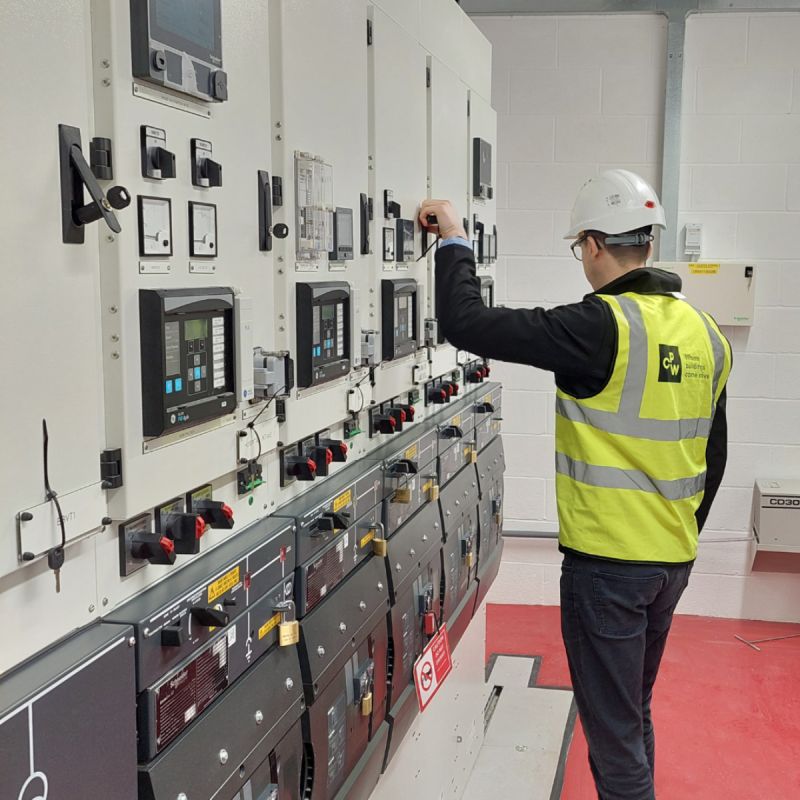Top Trends in Sustainable Construction for 2024 and Beyond
Sustainable construction practices have gained significant momentum in recent years, driven by the urgent need to mitigate climate change and minimize environmental impact. As we move into 2024 and beyond, several key trends are shaping the landscape of sustainable construction, influencing how projects are designed, executed, and evaluated. Construction companies and professionals, including construction estimators, are embracing these trends to create buildings and infrastructure that are not only environmentally friendly but also resilient and cost-effective. Here are some of the top trends in sustainable construction for the foreseeable future:
Net-Zero Carbon Buildings:
Net-zero carbon buildings, which produce as much renewable energy as they consume over the course of a year, are becoming the gold standard for sustainable construction. These buildings are designed to minimize energy consumption through passive design strategies, energy-efficient systems, and on-site renewable energy generation. Construction estimating services are increasingly factoring in the cost of implementing net-zero strategies into their estimates, as clients prioritize sustainability and energy efficiency in their projects.
Circular Economy Principles:
The adoption of circular economy principles is reshaping the construction industry’s approach to materials and waste management. Rather than following a linear “take-make-dispose” model, construction companies are embracing strategies such as material reuse, recycling, and upcycling to minimize waste and maximize resource efficiency. Construction estimating companies are incorporating the cost implications of using recycled or reclaimed materials into their estimates, promoting the circular economy as a cost-effective and sustainable alternative to traditional construction practices.
Biophilic Design:
Biophilic design integrates natural elements and patterns into the built environment to improve occupant health, well-being, and productivity. Features such as green roofs, indoor gardens, and natural lighting not only enhance the aesthetic appeal of buildings but also create healthier and more comfortable indoor spaces. Construction estimators are recognizing the value of biophilic design in enhancing property values and occupant satisfaction, incorporating the associated costs into their estimates to promote its adoption in construction projects.
Smart Buildings and IoT Integration:
Smart building technologies and the integration of Internet of Things (IoT) devices are revolutionizing how buildings are designed, operated, and maintained. IoT sensors and automation systems monitor and control various building systems, optimizing energy usage, occupant comfort, and maintenance schedules. Construction estimators are factoring in the cost of implementing smart building technologies into their estimates, as clients seek to future-proof their properties and reduce long-term operational costs.
Resilient and Adaptive Design:
With the increasing frequency and severity of climate-related events, resilience has become a critical consideration in construction projects. Resilient design strategies focus on building structures and infrastructure that can withstand extreme weather events, natural disasters, and other hazards. Construction estimators are incorporating the cost of resilient design features such as flood-resistant materials, stormwater management systems, and backup power sources into their estimates, ensuring that projects are better prepared to withstand future challenges.
These trends reflect a growing recognition of the importance of sustainability, resilience, and innovation in the construction industry. By embracing these trends, construction companies and professionals can not only meet the evolving needs of their clients but also contribute to a more sustainable and resilient built environment for future generations.
Keep an eye for more latest news & updates on World Times!







